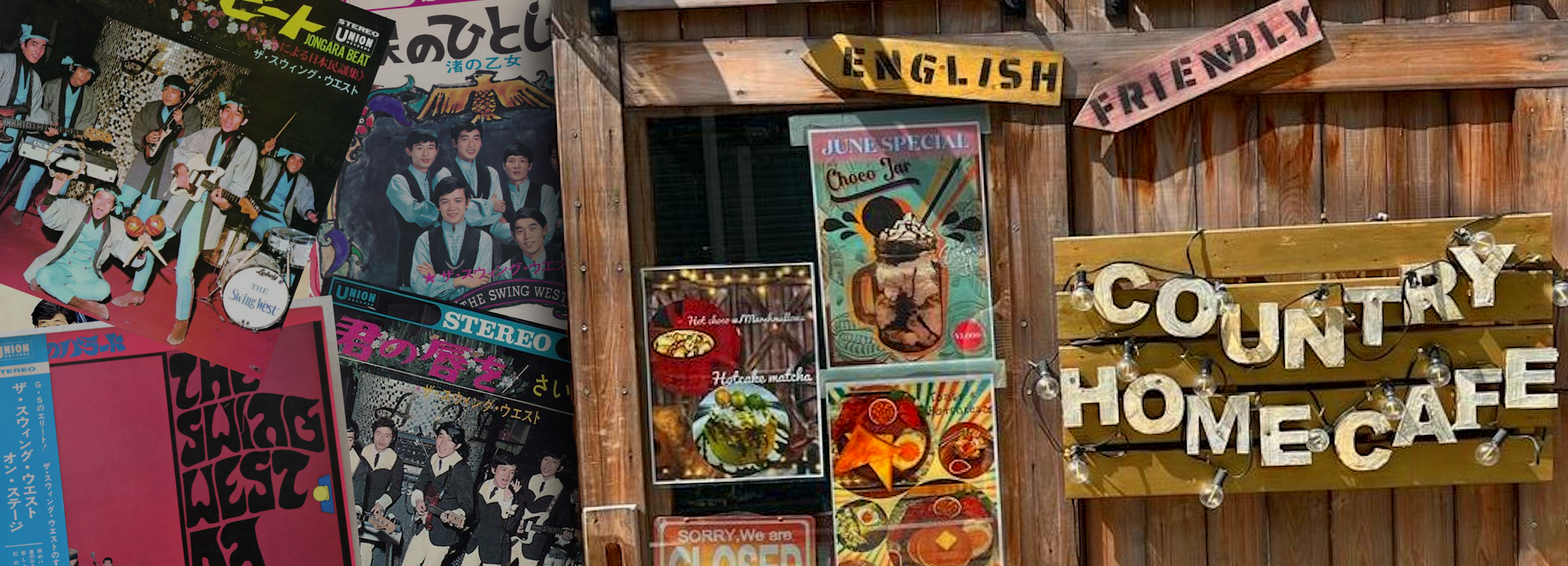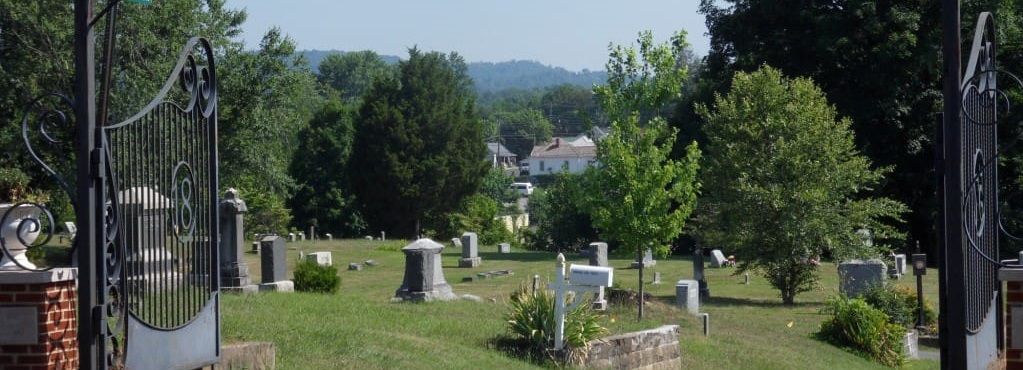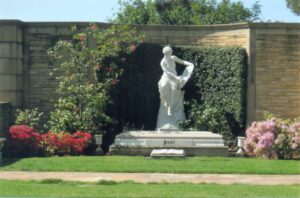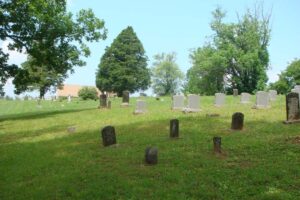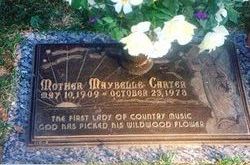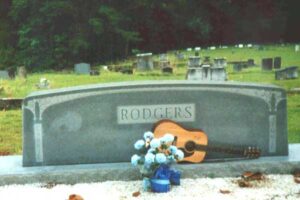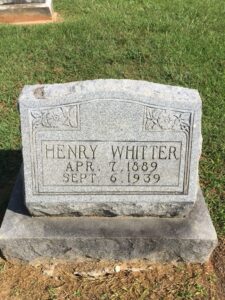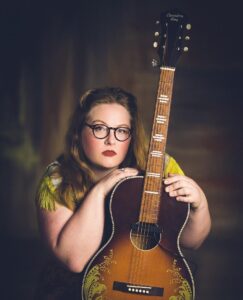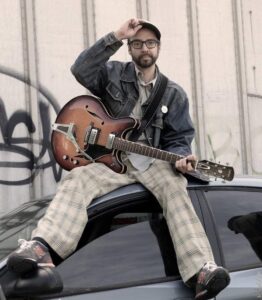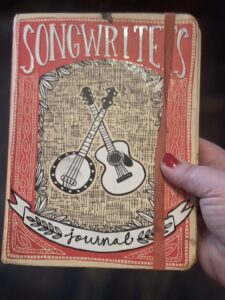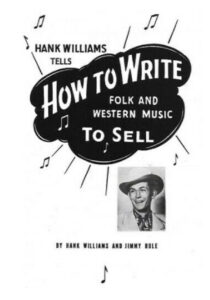Guest Blogger Emily Lu is a PhD candidate in History at Florida State University in Tallahassee, Florida. She is currently studying in Japan as part of the Fulbright program.
Since the 1960s, country music, the musical ethos of the essential and everyday American, has danced around the globe. Since 2020, its global music market has risen significantly. Statista reports in January 2023 that Country Music is the seventh most popular music genre in the world, with—unexpectedly—India leading in consumption, followed by the U.S. and China. The music’s surge in Europe owes thanks largely to music festivals like Country to Country (or C2C) with its crowd-forming country acts, and British Country Music Festival that give singer-songwriters opportunities to shine on stage. In Japan, country music-themed restaurants, bars, and clubs populate urban areas. Despite the genre’s dwindling popularity in recent decades, this year marks the 52nd year of the Takarazuka Bluegrass Festival.
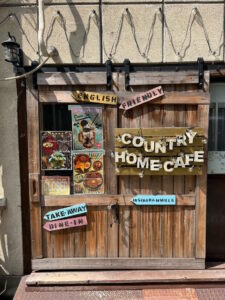
The Takarazuka Bluegrass Festival is held annually at the Canadian Oiso (Mita Athletic Park) campground in Sanda City, Hyogo Prefecture, Japan. This year, the festival began on the evening of Friday, August 1st and lasted until Sunday, August 4th. This summer was one of Japan’s hottest yet. Even in the mountains, where the festival was held, people could not escape the heat. Jeromie Stephens, a freelance photographer who documents bluegrass scenes in and outside of the U.S., was in attendance working on his own piece about the festival and noted that he has been to many bluegrass festivals, and Takarazuka is by far the “shadiest”—literally.
The festival has a dedicated following with many supporters attending annually. Some have even made it into a family tradition! It is not easy to access the mountain campground without a vehicle, so many attendees arrange to meet up and carpool from nearby public transit stations. A fellow attendee, Hashi, very kindly offered me a ride.
Watanabe Toshio (note: for Japanese names, surnames come before first names), organized this year’s event and has been overseeing the festival since its inception. Toshio used to be part of the Sino-Japanese group Bluegrass 45, one of the first non-American bluegrass bands to have played in America. Toshio’s two sons also play Bluegrass music and now help in running the festival!

Toshio told me he first became interested in bluegrass music as a child. He used to hear American music broadcasted on Japanese radio stations. He said this was pretty typical and helped introduced the genre to many Japanese people who then became enamored with country music. During World War II, the Japanese were not well exposed to American music, but after the war, an influx of American music and culture took Japan by storm.
Postwar American occupation brought country music into Japan. Members of the American military would listen to country music radio programs from back home, some also played and sang country music live. Around this time, Japanese country bands such as the Western Ramblers and Swing West, which would go on to become staple country acts in Japan, began to emerge.
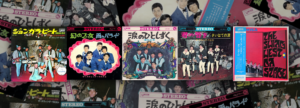
Today, “bluegrass circles” (buruu gurasu saakuru) are still popular in higher institutions, many of which maintain active performance schedules, such as those at Nagoya, Tohoku, Kyoto, and Kansai Universities, along with Ryukyu University in Okinawa. Rakuno Gakuen University and Hokkaido University are both home to bluegrass research programs that also perform regularly. Amongst college bluegrass enthusiasts, Kobe University seems to have the largest circle. They also attended this year’s Takarazuka!
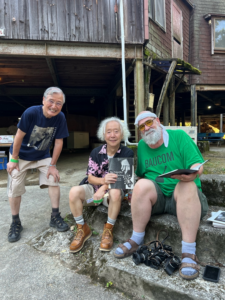
Country music in Japan is still largely known as Euro-American music, with its African origins and Tejano influences under explored. Outside of the U.S., country music is considered exotic and sometimes nearly idolized. However, the conceptualization of “America” is still overwhelmingly white. Bobby Cash, the founding father of India’s country music scene, points out that the American ethos may pose a challenge to foreign listeners from “forging an instant emotional connection.”
Similar sentiment is expressed by Kelly Scanlon of the Far Out Magazine. Scanlon believes that country music largely fails outside of the U.S. due to its strong association with American patriotism, made particularly evident after September 11. However, while it is true that non-Americans do not necessarily identify politically with country music, its cultural resonance cannot be understated. In several countries, country music has established a foothold for itself. Ally Portee of Euronews takes a different approach in her coverage of country music gaining momentum in Europe. She points out that the music’s relatable themes of love, heartbreak, and family resonate with people regardless of nationalities.
Such seems to be the case in Japan’s country music scene, where songs are almost exclusively sung in English—like Italian in opera. Outside of the U.S., country music’s American exoticism is an asset rather than a liability. Concertgoers proudly show off their cowboy hats and boots! Neither does the American-ness take away the genre’s ability to relate to people who celebrate life through a country ode to community, love, or faith.


